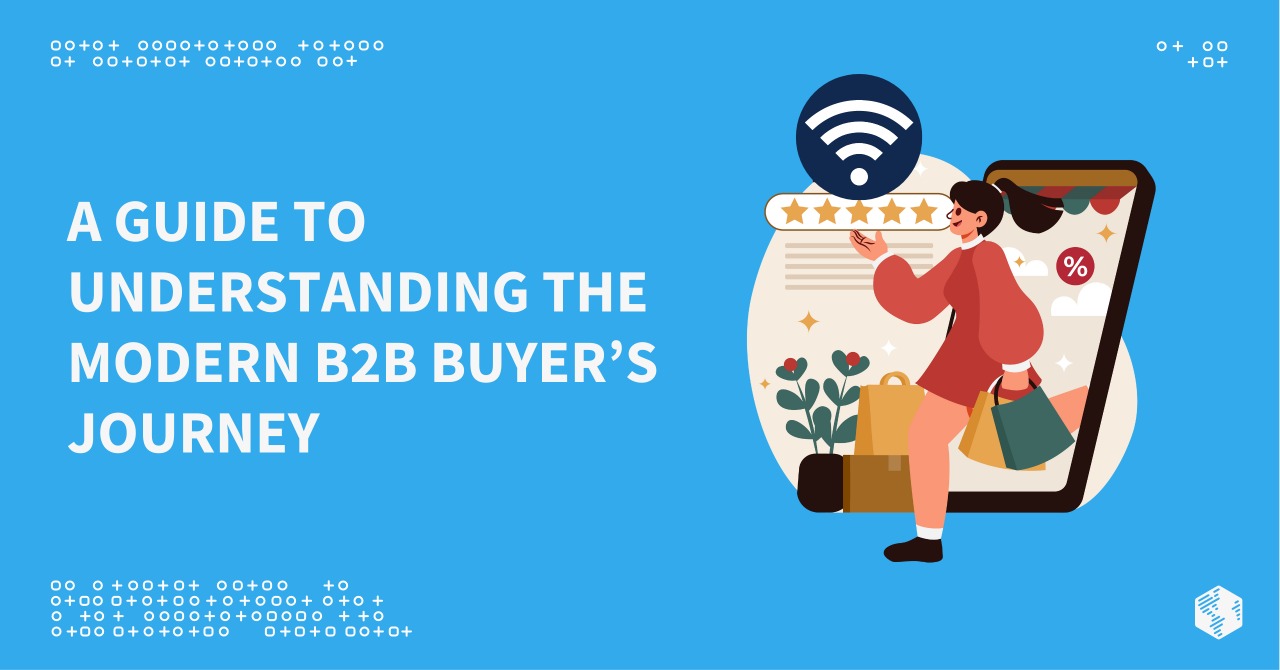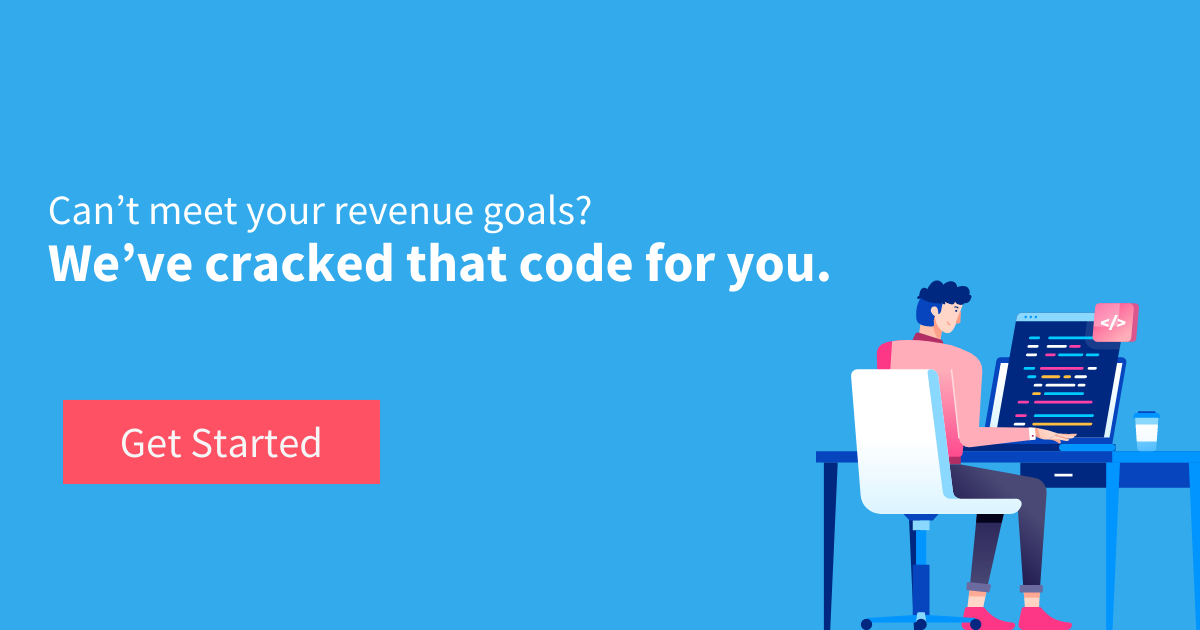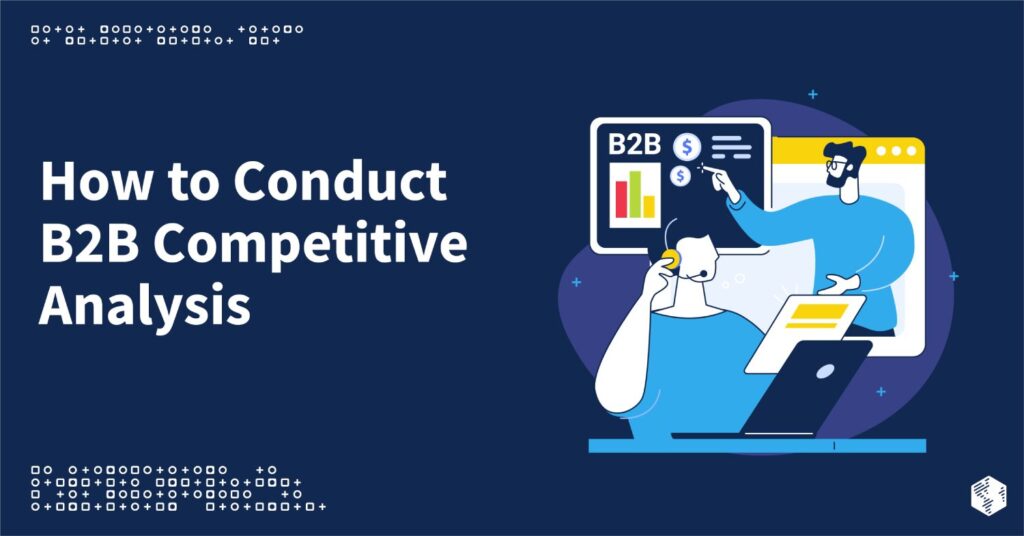Today’s buyers have an endless amount of information at their fingertips. When it’s time to make a purchasing decision, they go on a journey that starts with taking advantage of the vast digital resources available online and ends with buying a new product or service.
You want to make sure your company is where they do business. But first, you need to reframe your approach to marketing and sales.
How?
By using the buyer’s journey to guide your sales and marketing strategy.
What Is the Buyer’s Journey?
The buyer’s journey is a method of visualizing a customer’s path to purchase. It describes the process a buyer will go through as they become aware of, evaluate, purchase, and use a new product or service.
Knowing how your customers decide to do business with your company is a critically important part of your marketing and sales process. Why? Because if you understand the buyer’s journey, you can engage with prospects at every step and encourage them to follow the path to purchase—which means more customers, more sales, more revenue, and more business growth.
How the B2B Buyer’s Journey Has Evolved
The business-to-business (B2B) buyer’s journey has changed how we approach digital marketing.
The first thing to keep in mind is that today’s customers are more informed than ever, are looking for easy-to-access information, and prefer digital interactions and content. B2B buyers can now gather information about their options independently—without a sales rep guiding their path—and are turning to online channels for their content.
With these potential customers looking at different suppliers online, companies providing information that is clear, accessible, and tailored to the needs of buyers have the advantage.
But how do you know what content buyers need and when to effectively engage with them?
That’s where the B2B buyer’s journey comes in.
The Stages of the Buyer’s Journey
At different points along their path to purchase, the buyer wants different things from your business. By tailoring your content and communication channels to where the buyer is in their purchasing journey, you will build a better relationship with the customer and encourage them to continue along the path to purchase.
The four stages of the buyer’s journey—awareness, consideration, decision, and delight—each require an understanding of your target audience and benefit from unique approaches to engaging with customers.
Awareness
In the awareness stage, the buyer becomes aware that they have a problem or pain-point and starts to conduct research so they can better define it. Their goal is to give a name to their problem so they can then find a solution.
RELATED: 3 Things You Need to Know About B2B Marketing and the Buyer’s Journey
Consideration
After the buyer has defined their problem, they consider how to solve it. In this stage, the buyer is focused on researching and understanding the potential options, approaches, methods, or services for addressing the problem.
Decision
In the decision stage, the buyer evaluates their options and decides on a solution. This stage likely involves creating a list of vendors, narrowing the choices, and making an informed purchase.
Delight
Post-purchase, the buyer should delight in their purchasing decision thanks to an easy and frictionless customer experience and a product or service that solves their original problem.
Mapping the Buyer’s Journey
While the four stages of the buyer’s journey are a helpful visual tool and a good way to start refining your marketing and sales processes, every industry, company, and buyer is different. Mapping out the buyer’s journey unique to your customers is an important part of optimizing their path to purchase.
RELATED: What is a Customer Journey Map and How Do You Create One for Your Business?
Narrow Down the Reason for Their Interest
There may be several reasons why customers are interested in your business—anything from looking for a new supplier to searching for a solution to a problem. By categorizing potential customers by intent, you can better tailor your content to each group’s needs.
Understand How Customers Arrive at Your Content
How do potential customers find your business? They may use search engines to look for potential solutions, or they may hear about your business via recommendations from previous clients. Knowing exactly how customers arrive at your content means you can tailor your content to draw your targeted audience into staring the buyer’s journey.
RELATED: 16 Top Content Marketing Trends To Stay On Top Of In 2022
Track Conversions and Optimize Accordingly
Data helps you understand how customers move along the path of the buyer’s journey and how buyers make purchasing decisions. By tracking data on how customers move from one stage to the next, you can optimize your marketing methods, identify gaps where you lose customers, discard strategies that don’t work, and invest in areas that have been more successful. Marketing automation software can make this process easy.
Remember That the Buyer’s Journey Is Nonlinear and Flexible
The buyer’s journey is not a perfectly straight line. Instead, it’s a flexible, nonlinear process that changes from customer to customer and even from year to year for the same buyer. What works for one potential client may not work for the next. You need to continually adapt your B2B buyer’s journey according to the data and insights you’ve collected to make sure you are still meeting the needs of your customers.
How to Tailor Content for Each Stage of the Buyer’s Journey
To effectively implement a B2B marketing strategy, align your marketing and sales processes with the characteristics unique to each stage of the buyer’s journey.
Awareness Stage: Focus on the Buyer’s Problem
During the awareness stage, the buyer realizes they have a problem and are looking to define it.
Your job is to provide content that helps them understand and name their problem, like educational blog posts over broad topics, explainer videos, infographics, checklists, and guides. Prioritize content that answers questions related to the buyer’s problem and, at the same time, introduces your brand.
Consideration Stage: Create Educational Content
In the consideration stage, the buyer is researching solutions to their problem, so they want to see educational content that helps them determine which product or service is the best fit for their needs.
Create more technical, specific content like blogs, whitepapers, webinars, industry surveys, and product features that clearly detail how your company solves their problem and stands apart from the competition.
RELATED: 9 Easy Ways to Engage Your Customers With Your Content
Decision Stage: Make the Purchasing Decision Easy
Now that the buyer has defined their problem and considered different solutions, they are ready to make a final purchasing decision.
You can help by giving customers exactly the kind of information they need to make the right choice. Show them that your company is the best decision by having case studies, testimonials, and product comparisons easily accessible on your company website. Go even further by offering free consultations or live demonstrations to emphasize how your product or service can help.
One thing to keep in mind is that B2B buyers often need input from a variety of stakeholders before making a purchasing decision, including executives, managers, IT staff, or other team members. Consider how you can provide value to these groups.
Delight Stage: Provide an Outstanding Customer Experience
Don’t forget about the post-purchase stage in the buyer’s journey.
You don’t just want the buyer to purchase your product or service—you want them to be delighted by their experience so they continue to do business with your company and become ambassadors for your brand.
Consider how you can provide an outstanding customer experience both immediately after purchase and in the long-term:
- Send newsletters with tips and tricks
- Offer free gifts and/or discounts on future purchases
- Create intensive knowledge bases
- Build a customer loyalty program
- Give buyers a behind-the-scenes look at your business
- Hold workshops and seminars
- Integrate live chats and chatbots into your website
These practices will ensure your buyer is satisfied with their decision and make it more likely they will work with you again.
RELATED: 10 Ways To Balance What Customers Want With What’s Best For Business
Final Thoughts on the Modern B2B Buyer’s Journey
Learning how buyers interact with your brand and how they decide to purchase your products or services is an invaluable part of refining your marketing and sales process.
With the information you gain from tracking the path to purchase your customers take, you can meet their needs at every stage of the buyer’s journey—which, in turn, encourages them to complete the journey and become a lifelong customer.
If you want to close more deals, increase revenue, and get more business, you need to consider how you are marketing to customers throughout the modern B2B buyer’s journey.
Conclusion
When you’re ready to map the buyer’s journey for your business and take your marketing strategy to the next level, we are prepared to help you every step of the way.
At OneIMS, we have the solutions, strategies, and tools you need to reach and engage your prospects—at every stage of the buyer’s journey. We’ve helped countless B2B companies in a variety of industries build website traffic, obtain more leads, increase revenue, and grow their business.
Our experienced B2B digital marketing team offers services like search engine optimization (SEO), content marketing, website design, paid media management, and more so that your company can achieve consistent, predictable growth.
But you don’t have to take our word for it. View case studies from some of the B2B companies that have benefited from our innovative marketing services and read our blog to get an idea of how we approach the buyer’s journey.
Are you interested in learning more about how we can help grow your business? Check out our process or schedule a consultation with us today.

































